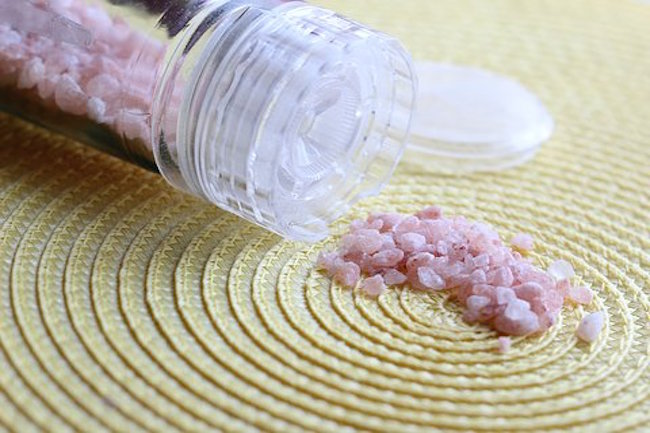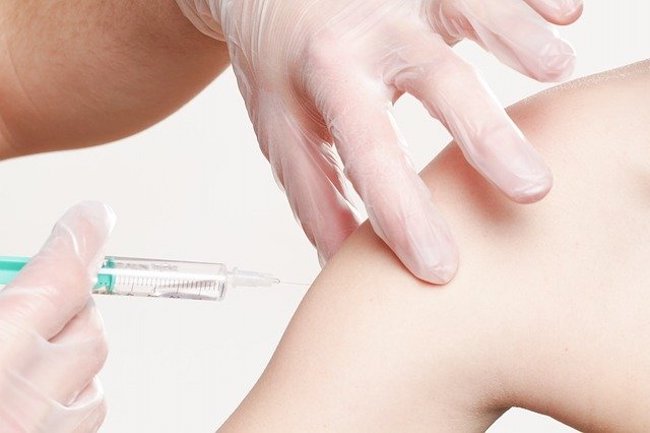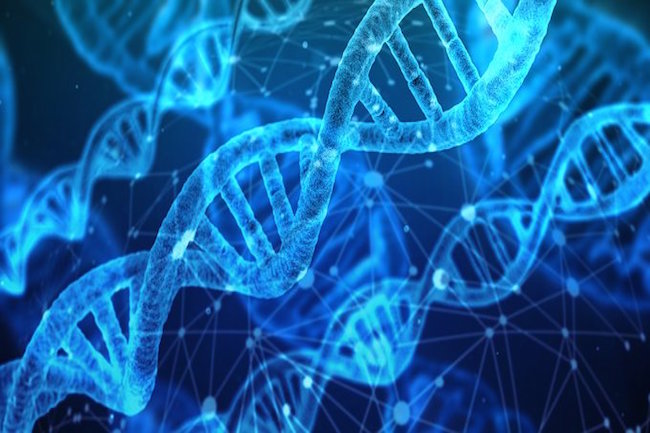Iodine Is a Strong Weapon Against Viral Infections by Dr. Joseph Mercola for Mercola
GNN Note – Iodine used to be on Morton salt label, front and center, remember that?
******
Iodine is a key component to health; since your body can’t produce it, you must get it from your diet. Deficiency affects your thyroid gland. Your thyroid hormones support proper bone and brain development in utero and during infancy. This means that getting enough iodine is critically important for babies as well as women who are pregnant or nursing.

Now is your chance to support Gospel News Network.
We love helping others and believe that’s one of the reasons we are chosen as Ambassadors of the Kingdom, to serve God’s children. We look to the Greatest Commandment as our Powering force.
If you have a severe iodine deficiency, your thyroid gland may become enlarged; this is a condition you may have heard about, called a goiter. There are two molecules that sound similar — iodine and iodide — but they are different. Iodine is naturally occurring, while iodide is an iodine molecule bonded with another element.1 At the drugstore what you’re usually buying is an iodide solution for topical applications or use as a supplement.
The recommended dietary allowance (RDA) for iodine ranges from 110 micrograms (mcg) for babies from birth to 6 months of age and up to 150 mcg for men and women over 19 years. Women who are pregnant or breastfeeding have an RDA of 220 mcg and 290 mcg, respectively.2
Iodine Is an Effective Antiviral and Antiseptic
It’s been known for some time that iodine can kill viruses. The most recent severe influenza pandemic was caused by the H1N1 virus in 1918. The CDC estimates 500 million people, or one-third of the population of the world at that time, were infected.3 Globally, there were 50 million deaths that doctors recognized were from the infection.
In the years following the outbreak, scientists searched for more information about viruses and agents that may be used to kill them.4 This is when iodine was discovered as an effective method for infection control. In his review of iodine history, Dr. David Derry, writes:5
“In 1945, Burnet and Stone found that putting iodine on mice snouts prevented the mice from being infected with live influenza virus in mists. They suggested that impregnating masks with iodine would help stop viral spread. They also recommended that medical personnel have iodine-aerosol-treated rooms for examination and treatment of highly infected patients.”
The study he references was published in the Australian Journal of Experimental Biology and Medical Science in September 1945.6 Not long afterward, in the 1950s, povidone iodine made its debut as an7 “effective broad-spectrum antiseptic and disinfectant.”




